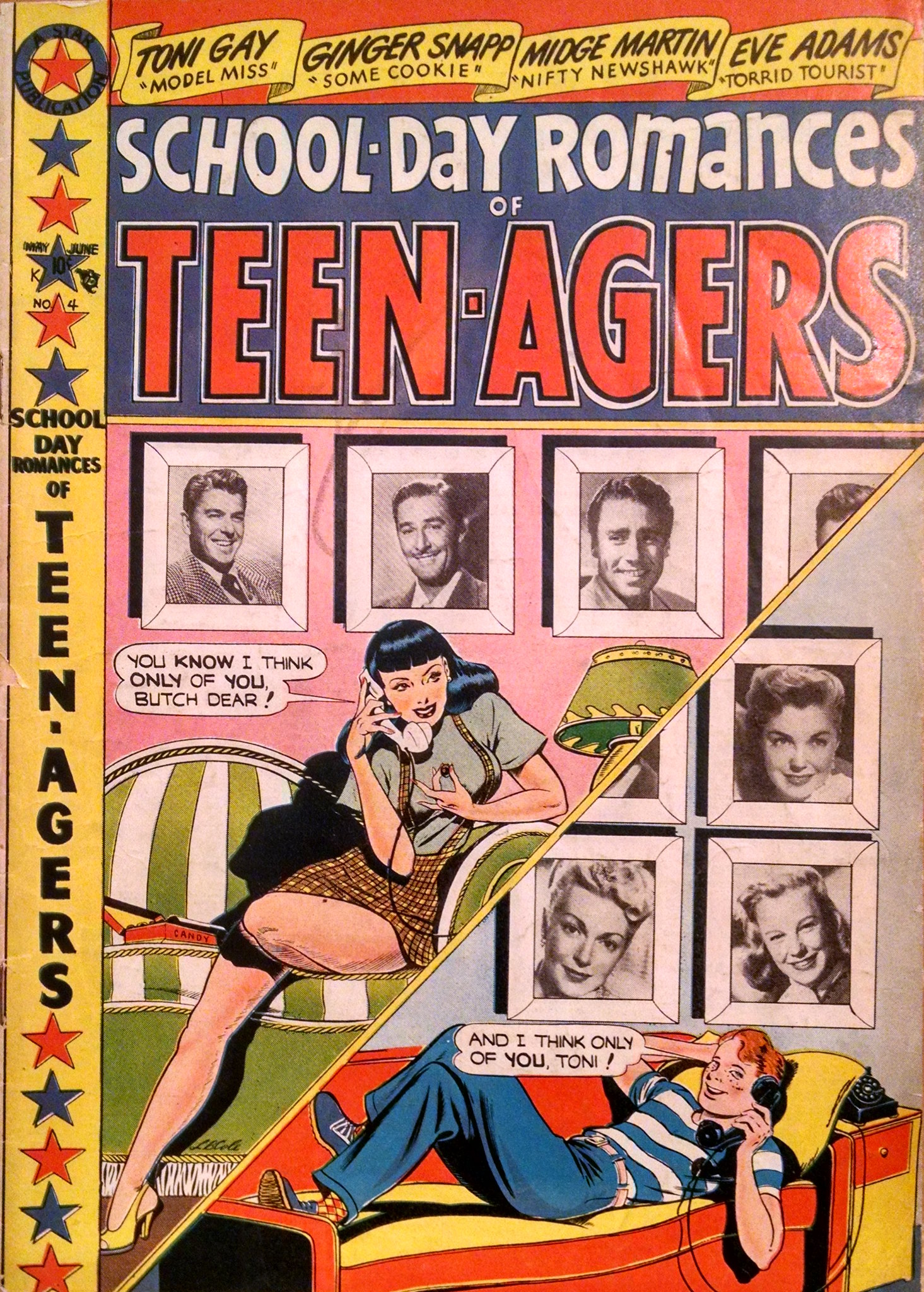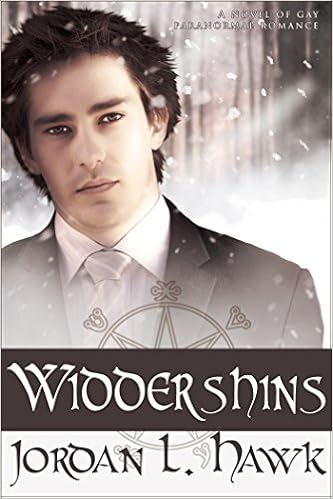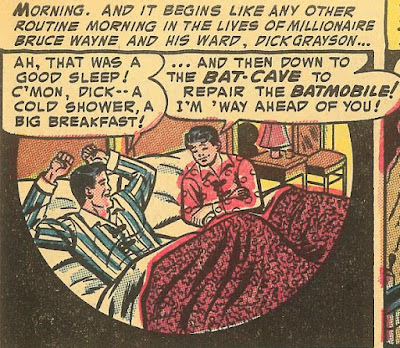The reason for this otherwise unremarkable comic's preternaturally long-lived notoriety is that is pairs up for the first time Toni Gay with Butch Dykeman. Yes, let that sink in for a bit.
The pair had existed before this, appearing in School Day Romances #1. At that time, though, Toni's last name was Gayle.
As both the editor of School Day Romances (L.B. Cole) and Toni Gay's artist (Norman Nodel/Nochem Yeshaya) have both died, we'll never know the truth behind whether the name's were playful references to the queer community or 1950s innocence. While it could be that Toni Gay was meant to be a stylish ("tony") and carefree ("gay) woman, and Butch Dykeman was a masculine ("butch") and stylish ("diked out") man, I choose to believe that the unknown writer of the comic was cooler than that.
So I've included some thoughts on these culturally complex names.
Berrey and Van Den Bark's American Thesaurus of Slang, 1st edition, in 1942 defines a "dyke" or "dike" as a masculine woman, and use of the word "bulldyker" for a lesbian woman goes back to the 1920s. On the other hand, as late as the 20's, the phrase "diked out" was still also used to mean a well-dressed man, lending some ambiguity to the name.
"Butch" is a common enough first name or nickname for a man, but the use with "Dykeman" lends it a queer air. Butch and femme culture had been a part of lesbian culture (and gay male culture for that matter) for years by 1950. It was revealed to at least some of the heterosexual majority by 1954 with a San Francisco Examiner expose on lesbian "recruitment" wherein some teenage girls reports that the "butches" were the women who dressed in "mannish clothing" (see Boyd's Wide-Open Town, 2003).
Similarly, the meaning of the word "gay" was still in a state of flux in 1950. It was still commonly used at that time to mean carefree or unrestrained. It had also, however, begun taking on the meaning of homosexual since the 20's or earlier. See, for example. Cary Grant in Bringing Up Baby.
For extra queer goodness, here are a couple of panels from other stories in the same issue.
 |
| Midge Martin, "Girl Reporter" |
 |
| Ginger Snapp by Manny Stallman |


















